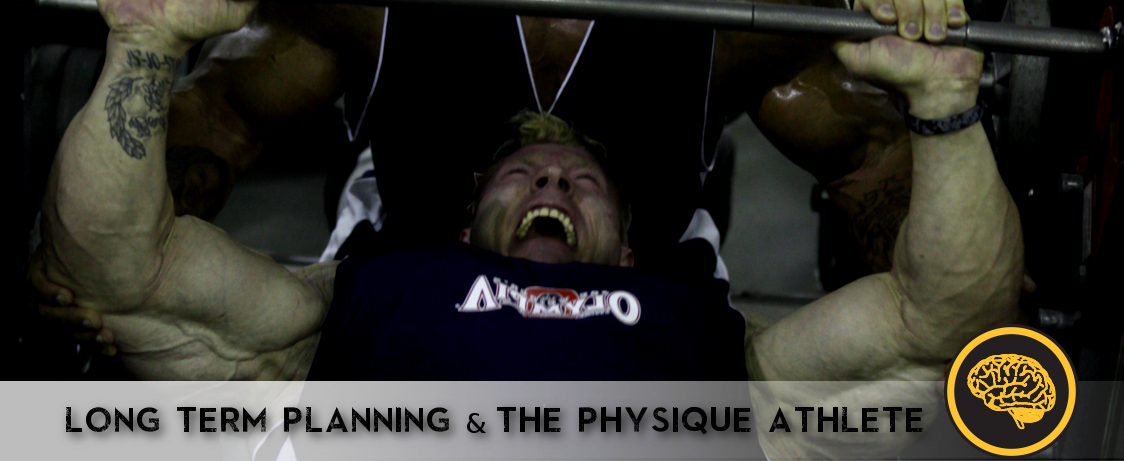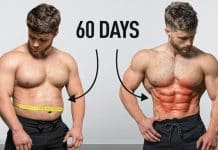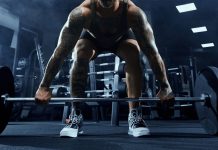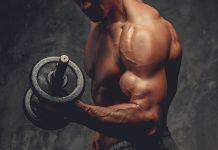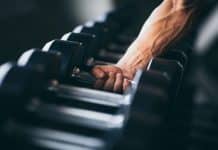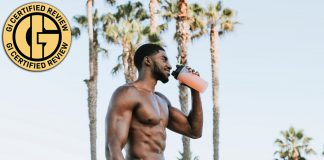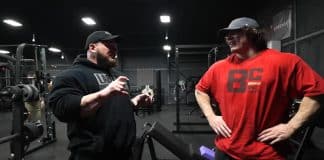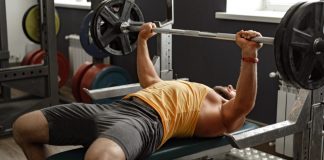It’s time to start thinking about more than what’s right in front of you.
By John Garafano
We’ve all seen them — the bodybuilder or figure competitor who competes season after season with very little or no changes in their physique. They obsess over competition, being lean, and “winning.” Famous physique coach Katie Wilson of Team Wilson Fitness jokingly refers to this as being in “perma-prep” or competing in all competitive seasons in bodybuilding. But why is this bad? Isn’t playing/competing as frequently as possible the whole point of getting into a sport? Wouldn’t competing in as many bodybuilding shows as possible be the key to becoming the most competitive version of yourself? Actually,it could be quite the opposite.
.
Competitive Seasons
All sports have a competitive season in which an athlete is “peaking” for competition. During that time, the athlete is trying to become the fastest, strongest, and most technically sound version of himself (or herself). This takes considerable planning of the athlete’s training schedule in order to induce these adaptations at the right time in order to “peak” for their respective sport. Essentially, the athlete needs to break down their training into periods leading up to their competitive season. This includes manipulations in nutrition, conditioning, strength, and even life considerations such as sleep, stress management, etc.
Changes to training intensity (training load), volume (sets and reps), and frequency (number of training sessions per week) can help an athlete to manage stress, create structured training programs, avoid overtraining, purposefully plan for training adaptations, and time performance peaks for competition. A careful balance between increasing work capacity and allowing for recuperation must occur in order for the athlete to be become incrementally better during each phase of training. These systematic changes to training over time -are referred to as periodization (Bomba & Haff, 2009, p.14).
.
Periodization for the Physique Athlete
As a physique athlete, you are concerned about one thing: looking your best for your event (e.g. photo shoot, bodybuilding contest, or event). This is where many athletes forget – you can’t peak YEAR ROUND. Getting into contest ready shape takes MONTHS of hard work. In fact, Helms, Aragon, and Fitschen (2014) recommend only losing 0.5-1% of bodyweight per week to preserve lean body mass.
In order to come into a show or photo shoot looking your best, you have to think and plan ahead for a long contest preparation period in order to get down to very low levels of body fat while still retaining as much muscle as possible. By planning for a long dieting period, you allow sufficient time to get as lean as possible, provide yourself with a time buffer in case you stall, and make dieting more manageable. Ask yourself this question: who will have a rougher time dieting, the person who has to cut out 10g of carbs a day after their weight stalls or the person who has to cut out 50g? When you are a slave to your contest date and running out of time, you’ll likely have to make larger cuts to your food intake and increases to your energy expenditure (e.g. more cardio) than someone who has much more time to diet. One of my competitors, Greg Robinson (USBF and DFAC Professional Bodybuilder and ANBF Bodybuilding Representative) went from 217 lbs. to 173 lbs. over the course of 10 months. That’s a total weight loss of 44 lbs. over 40 weeks or an average of 1.1lbs a week. He did this with under 3 hrs of cardio a week – even at the lowest points in his prep. By taking extra time, he was able to maintain a better life balance, prevent drastic cuts to his food intake, and perform as little additional activity as possible. All these things resulted in greater adherence to his programming.
While dieting for a long period of time can be helpful, you don’t want to be dieting ALL of the time. In order to maximize your development, you have to go through periods of time where you carry more body fat. This is the only way to build muscle and improve upon your physique from show to show. This means being able to have a true “off-season,” in which you cycle back to the “preparatory” phase with primary goals to get stronger, build more muscle mass, and improve upon your last show package. This is where so many competitors go wrong. They simply compete season after season with little changes to their presentation. Instead of taking the time they need to improve, these athletes would rather spend season after season competing. Let me ask you this; how are you going to build more muscle if you are constantly in a caloric deficit?
Another consideration for the physique athlete should be the hormonal/metabolic impact of getting stage lean. Rossow et al. (2013) have shown that there can be significant decreases to testosterone (or estrogen), thyroid, and other hormones during a contest preparation period along with decreased strength. Additionally, restoring hormonal balance, metabolic rate, and strength levels took several months (Rossow et al., 2013). From a health standpoint, it is probably best to only compete once every few years in order to recover one’s metabolic rate, hormones, and restore overall life balance.
So, when you are thinking of competing show after show, season after season, look to other sports like Football, Basketball, Hockey, etc. Remember, there is a reason they have an “off-season;” they take advantage of improving on their sport during strategic non-competitive times. I encourage you to take a long-term view of your training. Think ahead a few years and break down your training accordingly. Personally, I am spending a few years competing in powerlifting so that I can improve upon my strength levels, build more muscle, and come back to the professional stage with a much different presentation. Who will you be in the next three years?
.
You can find more information about athlete Greg Robinson on his Facebook, Twitter, and Instagram page. He also has a YouTube channel where you can find exciting and informative videos about natural bodybuilding.
.
References
Bompa, T., & Haff, G. G. (2009). Periodization: Theory and methodology of training. (5th ed.). Champaign, IL: Human Kinetics.
Helms, E. R., Aragon, A. A., & Fitschen, P. J. (2014). Evidence-based recommendations for natural bodybuilding contest preparation: nutrition and supplementation. Journal of the International Society of Sports Nutrition, 11(1), 20.
Rossow, L. M., Fukuda, D. H., Fahs, C. A., Loenneke, J. P., & Stout, J. R. (2013). Natural bodybuilding competition preparation and recovery: a 12-month case study. Int J Sports Physiol Perform, 8(5), 582-92.


